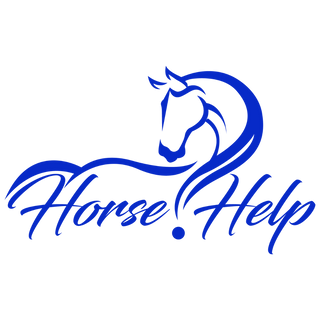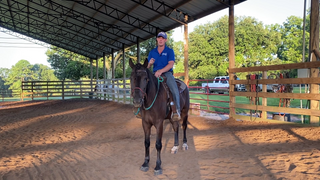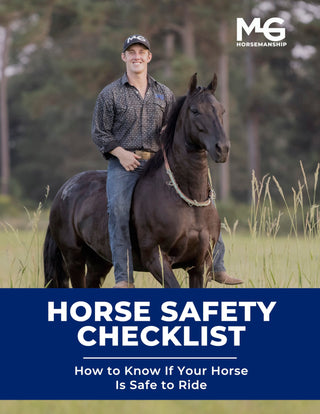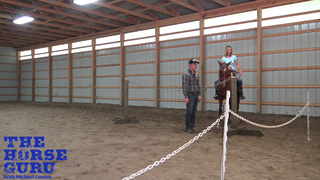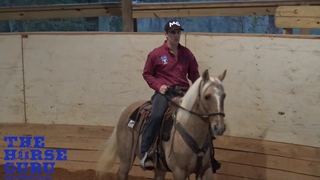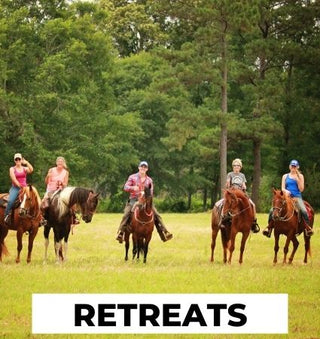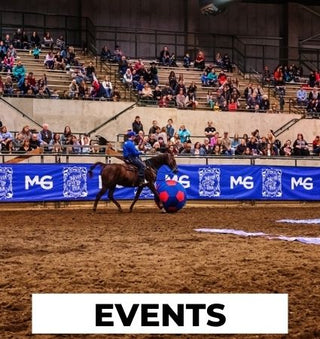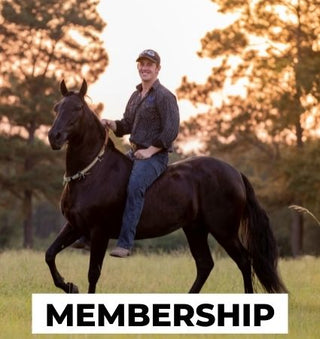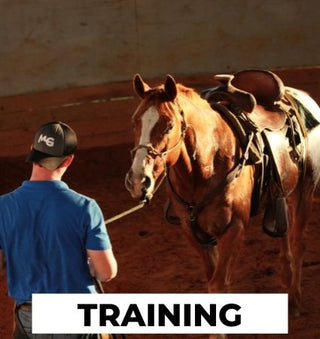Watch the Video Here or continue reading below!
If you’ve ever wondered how experienced riders stay calm, collected, and confident—even on challenging horses—you’re not alone. Confidence isn’t magic. It’s the result of a series of small, intentional steps that lead to a steady seat, clear communication, and a strong sense of control. In this guide, we’ll walk through the mindset and techniques that will help you ride with confidence every time you step into the saddle.
Confidence Starts in Your Seat (Literally)
The first key to confident riding: your position in the saddle.
No matter how much horse knowledge you have, if your seat doesn’t make you feel stable, your mind will constantly scream, “We’re going to fall!” That’s why confidence starts in your keester.
Too many riders focus on sitting tall and pretty, especially in show settings. But when you're training or trail riding, form must follow function. Scoot forward in your saddle and roll your hips under. This simple movement shifts your balance so your shoulders sit behind your hips and your heels naturally come forward. This posture helps you feel grounded and ready for sudden changes in your horse’s movement—whether it's a spook, bolt, or jump.
👉 Pro Tip: The further behind the vertical line you sit, the more balanced and secure you feel—just like a bronc rider!
Gain Control to Build Confidence
If you don’t feel in control, you won’t feel confident. Period.
Before moving off, ask yourself: “Do I have control of this horse’s head?” Gently slide your hands down the reins and flex the horse left and right. If the horse resists or feels stiff, keep flexing until you knock the rust off the steering wheel. You wouldn’t drive 70 mph in a car without brakes—so don’t ride without control.
Flexing isn’t about force. It’s about establishing communication. When you can move your horse’s head easily, you’ve taken the first step toward creating trust and responsiveness.
Control the Horse’s Motor: The Hindquarters
If you can’t move the horse’s hind end, you’re not in full control.
After you have control of the head, move to the motor of the horse—the hindquarters. A horse can’t buck, bolt, or rear if it can’t drive forward in a straight line. To stop bad behavior before it starts, learn to disengage the hindquarters by pulling the horse’s head to the side and watching for the inside hind foot to step under.
This type of control helps you manage energy, redirect fear, and prevent dangerous outbursts.
Respect from the Ground Up
Your horse should yield before you ever swing a leg over.
If your horse won’t drop his head or back up respectfully from the ground, he’s telling you he’s not ready to be ridden. Groundwork is a vital part of building mutual respect. It's not just about obedience—it’s about establishing leadership in a way your horse understands.
Before you ride:
-
Get the horse to drop its head with light pressure
-
Back the horse away from you respectfully
-
Check that you can flex and disengage both directions from the ground
When those boxes are checked, you’re already 80% more confident before mounting.
Test the Trust: Desensitize and Go Fast
True confidence comes from knowing how your horse will respond under pressure.
Once you’ve got the basics down, challenge your horse in controlled environments. This is where desensitizing and obstacle training come into play. Expose your horse to tarps, soccer balls, strange noises, or quick movements to simulate real-life surprises. Then check—can you still control the head and hindquarters?
Another powerful exercise is simply increasing speed:
-
Walk ➝ Trot ➝ Canter
-
Check that the horse remains soft and responsive at each gait
-
Ensure you’re still able to flex and disengage at any time
These drills build situational resistance, giving you the tools to stay calm and in control even when things get chaotic.
Recap: The Three Pillars of Riding Confidently
Confidence is the result of mastering these three foundations:
-
Seat – Roll your hips under, keep shoulders back, and create a balanced, secure posture.
-
Control of the Head – Flex left and right until the horse softens and responds consistently.
-
Control of the Hindquarters – Disengage the motor for full control, redirection, and safety.
When you combine these with groundwork and desensitizing, you’re not just hoping for a good ride—you’re preparing for one.
Final Thoughts
Confidence is built—not born.
Every confident rider you admire got there by practicing these small, repeatable steps. Remember, riding confidently isn’t about bravery or talent. It’s about preparation, position, and control.
So the next time you saddle up, check your seat, check your steering, and remember: Confidence starts in your keester!
